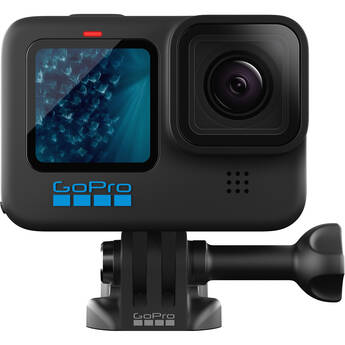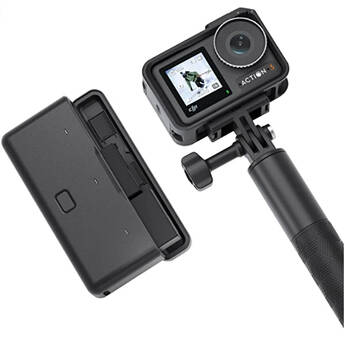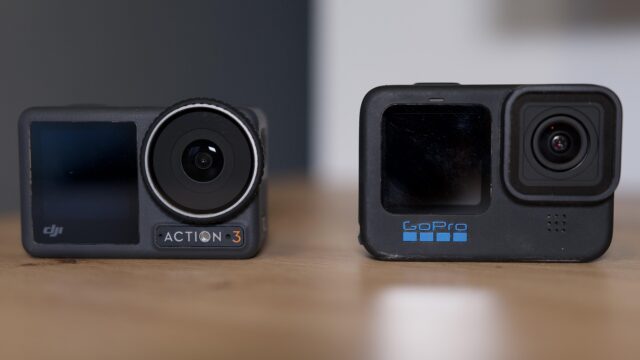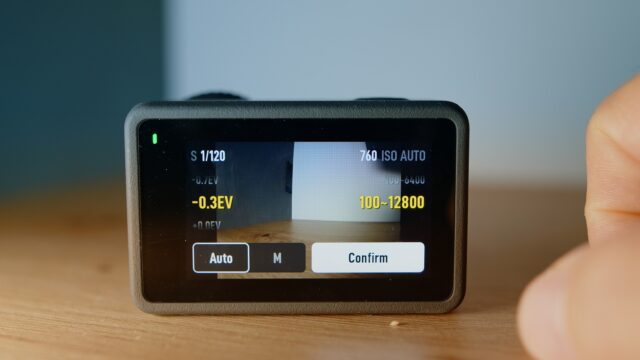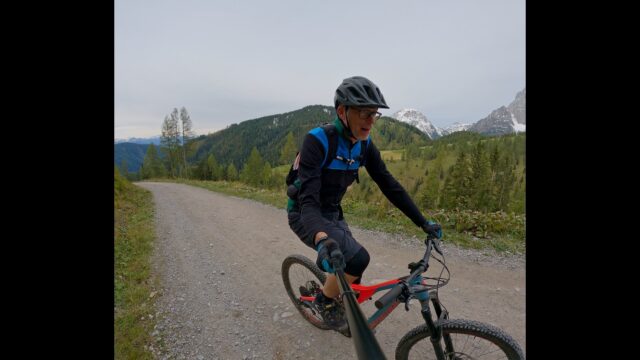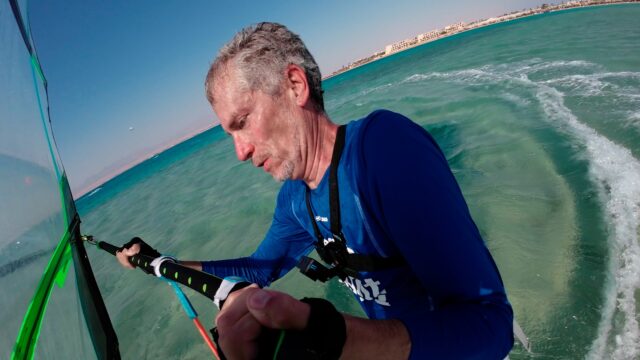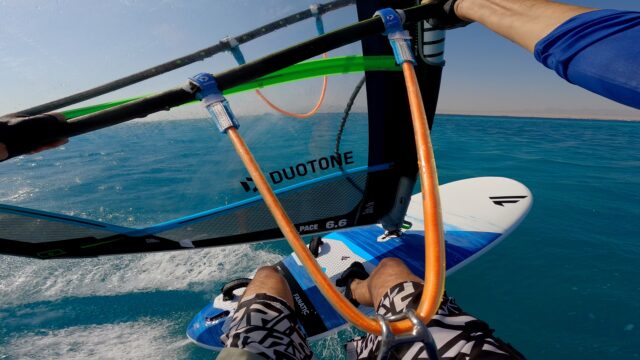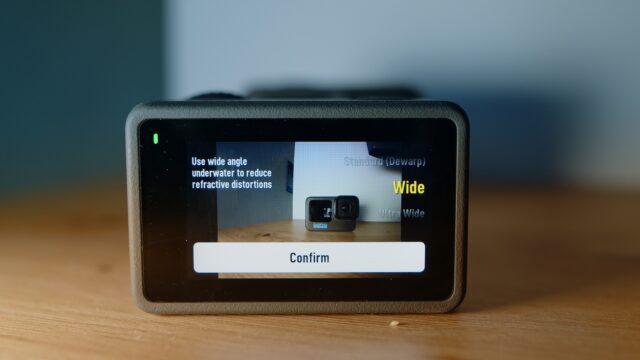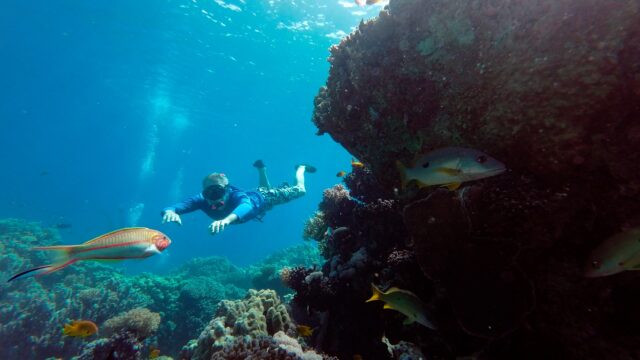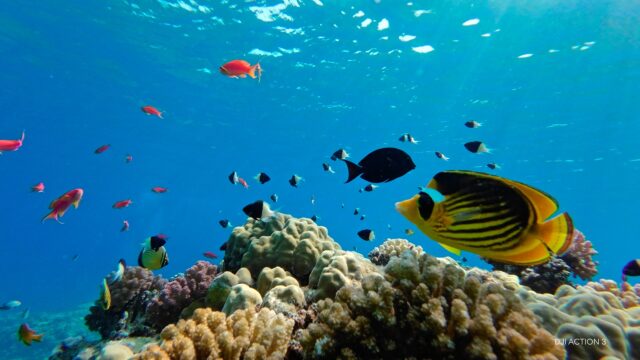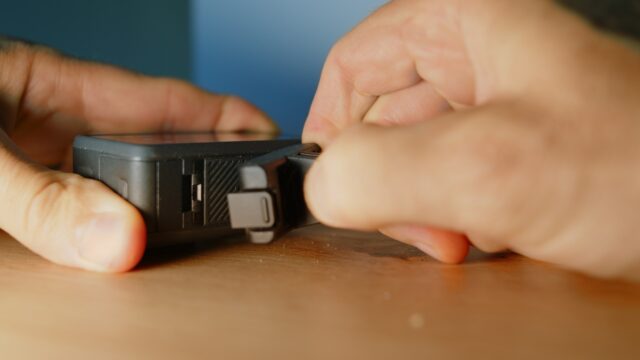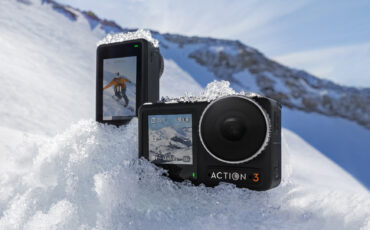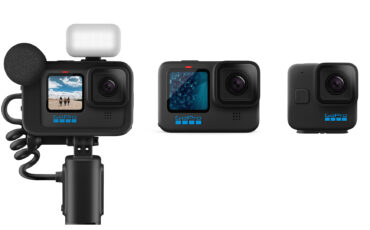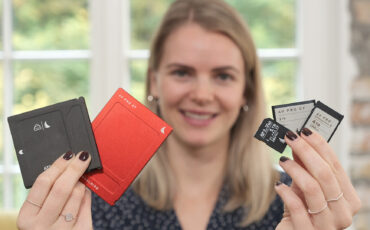GoPro HERO11 vs. DJI Osmo Action 3 – What’s the Better Action Cam?
Restriction-free music courtesy of Epidemic Sound. Sign up here: Epidemic Sound
Just before leaving on an exciting trip that lead me to many countries around the world, the new GoPro HERO11 and DJI Action 3 arrived at the CineD headquarters. So naturally, I grabbed both and used them in various scenes over a time span of two months. Keep reading to see the footage I shot, and find out my conclusions, as well as a detailed comparison of both cameras.
GoPro usually launches their new gear during September, and this time DJI followed their lead. First things first, you can read up on the camera’s specs in case you missed it – click here for the HERO11 and here for the Action 3.
As technology proceeds, it’s becoming increasingly difficult to clearly distinguish any major differences in feature set or image quality when looking at the DJI Osmo Action 3 and the GoPro HERO11. So, I decided to test them both thoroughly by using them in different scenarios and over a longer period of time to really test how far I can go.
As it ever so often happens, DJI released a new firmware (V01.02.1010) for the Action 3, just as I was about to finish the video and article. Please see all updates below:
Filmmaking for Photographers
- adds 10 Bit video recording when using D-Cinelike
- adds HDR recording (only up to 4K30), no D-Cinelike 10bit possible
- adds RockSteady+ (which crops more into the image)
- overall better image quality for video (if you don’t use D-Cinelike)
As much as we look forward to updates, they don’t necessarily make my job as a camera tester any easier. Why manufacturers wait for extensive user feedback after releasing a new product to implement firmware updates instead of releasing a fully functioning product in the first place is beyond me, but that is something I will have to learn to live with.
In case you are looking to invest in one of these cameras, my goal is to help you make a better decision by demonstrating the main differences between the HERO11 and Action 3 in the following use cases:
- V-logging – testing mostly the audio capabilities (a traditional Achilles’ heel of all action cams)
- Mountainbiking – using my chest harness (the chesty) and different other mount options
- Windsurfing – again using the chesty plus mounting the cams on the boom of the sail
- Snorkeling – using mostly a selfie stick and static placement
Video-logging: GoPro HERO11 vs DJI Osmo Action 3
When looking for a camera to use for v-logging, good audio quality is essential. Furthermore, image stabilization and solid auto exposure are needed as well. In the past, audio quality was typically the Achilles’ heel of all action cams, especially back in the day, when an additional waterproof enclosure was needed.
Fast forward to today, neither one of these cameras needs an enclosure unless you go deeper than 16m underwater with the DJI Action 3 or deeper than 10 meters with the HERO11. This helps massively to improve the audio, and I have to admit that the audio coming from both of these cameras is very usable. Of course, they have their limits, for example when it’s very windy, but have a look at the video above to judge for yourself.
Still, when comparing both cameras in terms of v-logging, the DJI Action 3 is the clear winner, as the audio is overall clearer. However, make sure to have the exposure compensation set to -0.3 stops otherwise you risk burnt highlights on your face as the DJI auto exposure is a bit too hot for my taste.
Also, I recommend using D-Cinelike on the DJI and Protune on the GoPro – these settings give you flatter colors, and a less contrasty image hence a bit more wiggle room in post, especially now with 10-bit video for D-Cinelike.
Mountainbiking: GoPro HERO11 vs DJI Osmo Action 3
If you’ve ever tried to film while mountain biking, you know that light situations can be tricky as white balance and exposure change quite quickly as you go from open areas with direct light to dense forest sceneries. In this case, smooth transitions are needed otherwise it gets distracting to the eye.
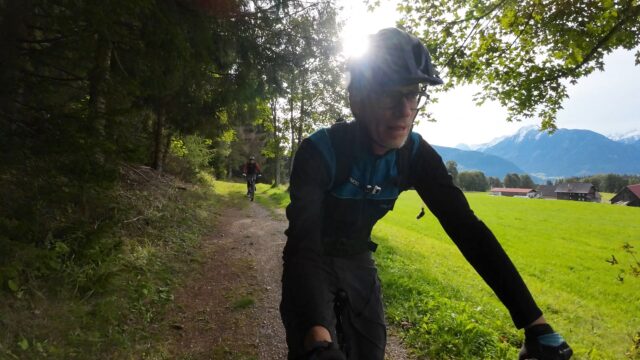
Unfortunately, the DJI Action 3 has difficulties with abrupt changes in exposure and white balance. Although, the recent firmware update (which was released AFTER I was done shooting the review; go figure..) should have at least improved this situation. When it comes to the HERO11, it’s a lot more gentle with these transitions.
Another thing to look out for when mountain biking is rock-solid image stabilization. In addition, it is often quite difficult to properly frame your shots when wearing a chest harness (i.e. a chesty) to mount the cam, or when using a selfie stick. That’s why most action camera manufacturers are now offering a 4×3 sensor readout mode.
In that regard, the GoPro HERO11 shines by offering an 8×7 mode that allows a lot of options to reframe to 16×9 in post:
Image stabilization is amazing on both cams, I couldn’t detect any major differences. Even when biking in the most challenging terrain you still get good shots, provided there is enough light. As soon as it starts getting dark, though, and slower shutter speeds are needed, the situation gets worse.
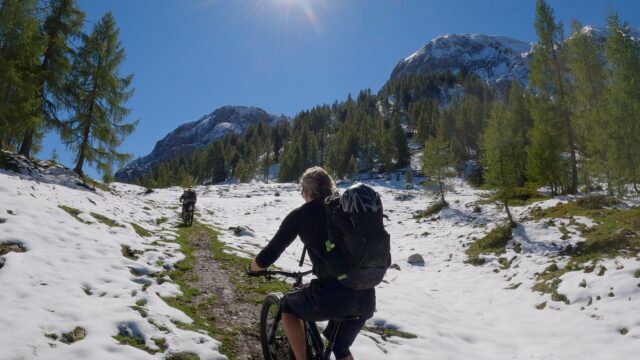
It’s time to talk about bitrates: the DJI Action 3 has about 90 Mbit/s in 16×9 and 110 Mbit/s in 4:3 mode, whereas the GoPro HERO11 can be set to 120 Mbit/s (bitrate set to “high” in the menu). Though that’s pretty high, it’s unfortunately still not enough, as both cameras show heavy compression artifacts in darker areas of the image (zoom in on the image above). I really hope future firmware updates will allow custom settings up to 200Mbit/s to get cleaner results.
Overall, and also due to the 8×7 mode the GoPro HERO11 wins in this use case.
Windsurfing: GoPro HERO11 vs DJI Osmo Action 3
Because of the limited space and the few mounting options on a surfboard available, a lens with an even wider angle of view is needed for windsurfing than for many other use cases.
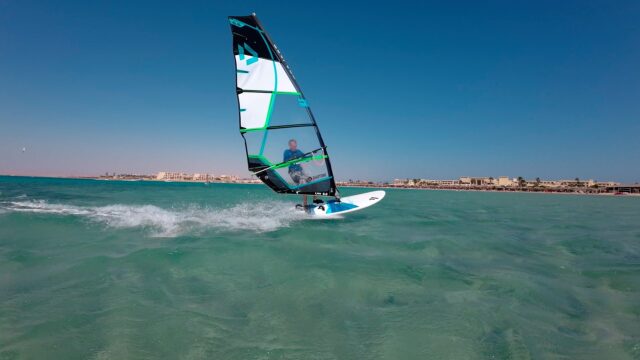
So I mounted the DJI Action 3 camera on the boom of the sail and was wearing the chesty with the HERO11 attached. Here, the wider angle of view of the DJI comes in very handy.
On the chesty, framing including the board also can be achieved by using superview on the HERO11 where the whole sensor is squeezed into a 16×9 image. This works well in certain situations, but of course, as you can see the image is distorted heavily.
Overall, both cams work amazingly well – including stabilization, colors, but also the dirt repellent lens cover on both cams. Seawater drops vanish as quickly as they hit the lens – great!
Hard to pick a preference, though if I had to choose, the superview gives the GoPro a slight competitive edge.
Underwater snorkeling: GoPro HERO11 vs DJI Osmo Action 3
When going underwater, all of a sudden a few things drastically change! For example, the ultra-wide angle lens settings are not good, as the water/lens refractive index leads to distorted edges of the frame. DJI actually mentions this in the menu.
Another thing is image stabilization doesn’t work properly as you and the fish are moving in the currents while the corals are fixed, though a narrower field of view is helpful to overcome this. In addition, I found myself shooting in 60 frames per second and slowing down the footage in post to create a more quiet, relaxed atmosphere. Also, white balance is super challenging, as the deeper you get the more the red component of the sunlight is filtered.
On their website, DJI claims that the white balance sensor of the Action 3 recognizes underwater situations and adjusts the colors accordingly.
I don’t know if that is the case or not, but whatever the reason, it doesn’t look right.
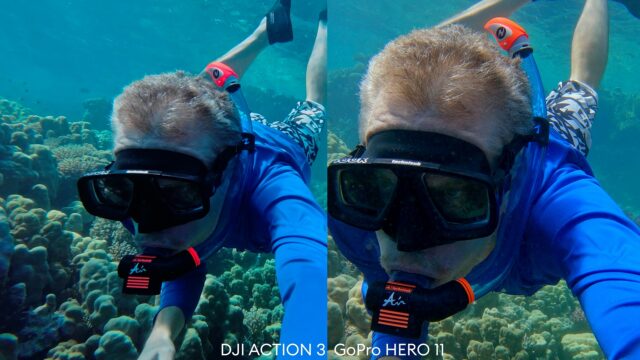
When comparing the color results of both cameras underwater, DJI’s images are very blueish while the GoPro HERO11 does a better job, in my opinion.
That being said, do keep in mind, that these are subtle differences. Here is another example of the results with the DJI, which actually looks quite good.
On that note, I’d like to mention, that the record button on the DJI has a very tight feel to it that sometimes makes it difficult to know if the camera is recording or not (probably due to the fact that it’s watertight up to 16m vs 10m on the GoPro without a case).
A special mention goes to the DJI magnetic quick release mechanism. I was a bit worried if the magnetic quick release would really keep the camera in place, but it did (otherwise I wouldn’t be able to show you any footage of the DJI in this article…). It is super useful because you can quickly grab the camera despite the fact it is screwed on a chest harness for example.
GoPro Quick app and DJI Mimo app
As mentioned in the video, both the GoPro Quick app as well as the DJI Mimo app have tons of features – for me, however, the following two features are the most important:
- the possibility to download a trimmed version of a clip to my phone
- and capturing a photo from the videofile
While the GoPro Quick app can do both, the Mimo app only allows the trimmed download, but no photo capture. Also, be aware that you need the Mimo app to unlock the Pro mode on the DJI (which includes manual exposure, D-Cinelike profile, and more).
Summary and final thoughts
After using both cameras for two months I can honestly say, you can’t go wrong with purchasing either one of these cameras. Both have their merits, and it really depends on the use case to determine which camera suits your needs. Also keeping in mind that the DJI can capture 10-bit video now like the GoPro.
That being said, for my shooting scenarios and personal taste, I prefer the GoPro HERO11 over the DJI Osmo Action 3, as the images look less processed, softer, and more detailed.
When considering the cost of both cameras, the argument falls flat as the HERO11 is only slightly more expensive at €400 while the Action 3 retails for €359. When choosing the latter, the Adventure Combo is a great deal giving you two additional batteries and a neat battery charging case that allows charging all three batteries at once.
Guys, what do you think of the GoPro HERO11 and the DJI Osmo Action 3? Have you used either one of these cameras or perhaps both before? If you are thinking about getting an action camera, would you choose one of these? Let us know in the comments below.
